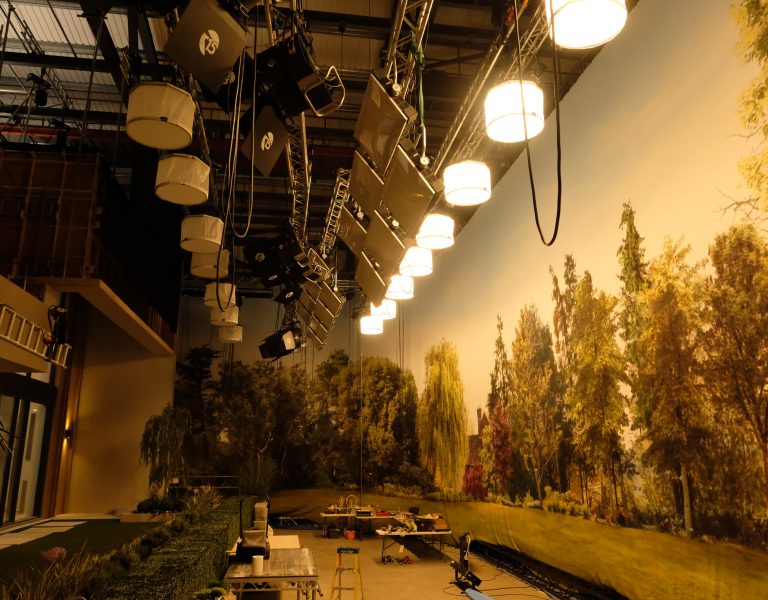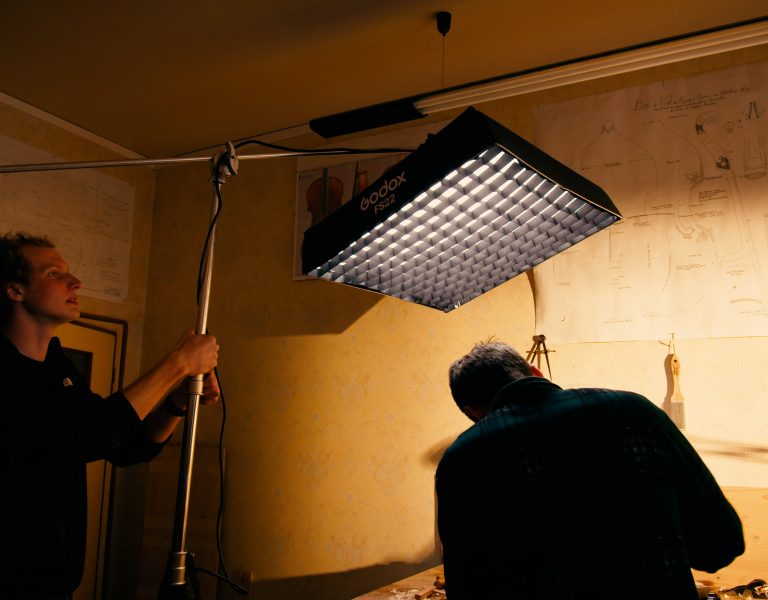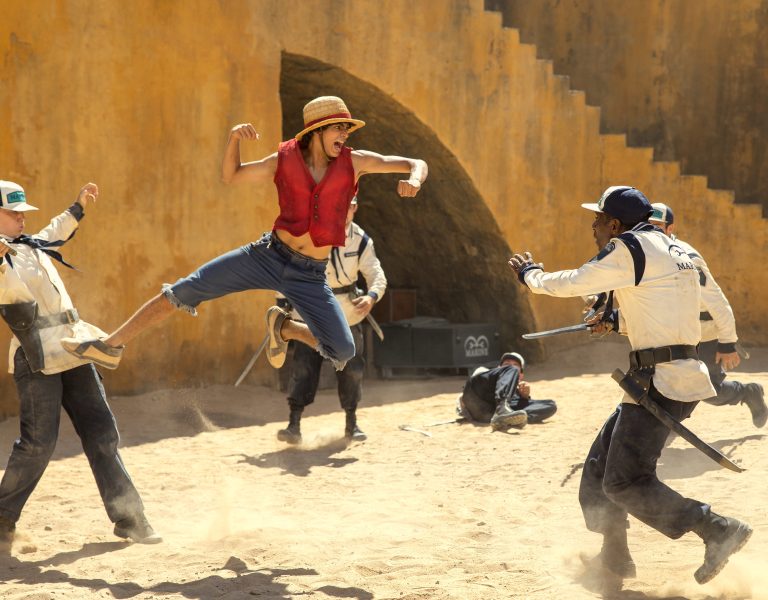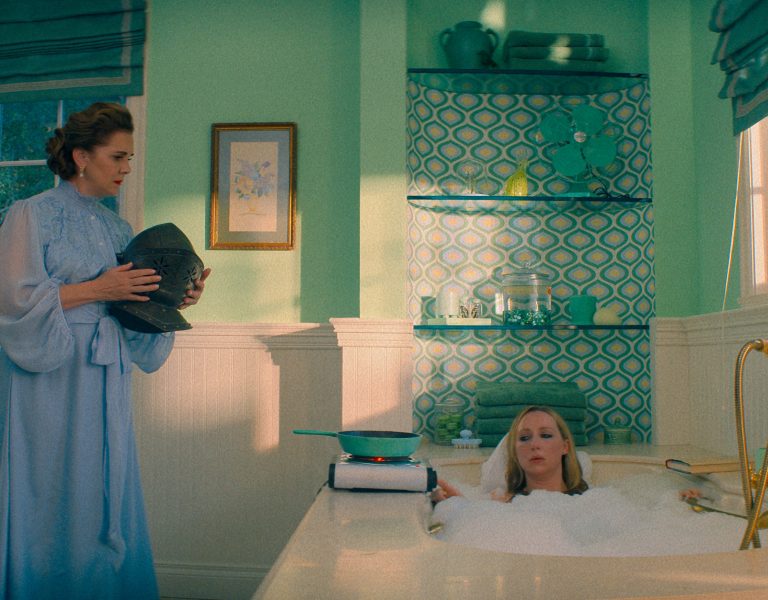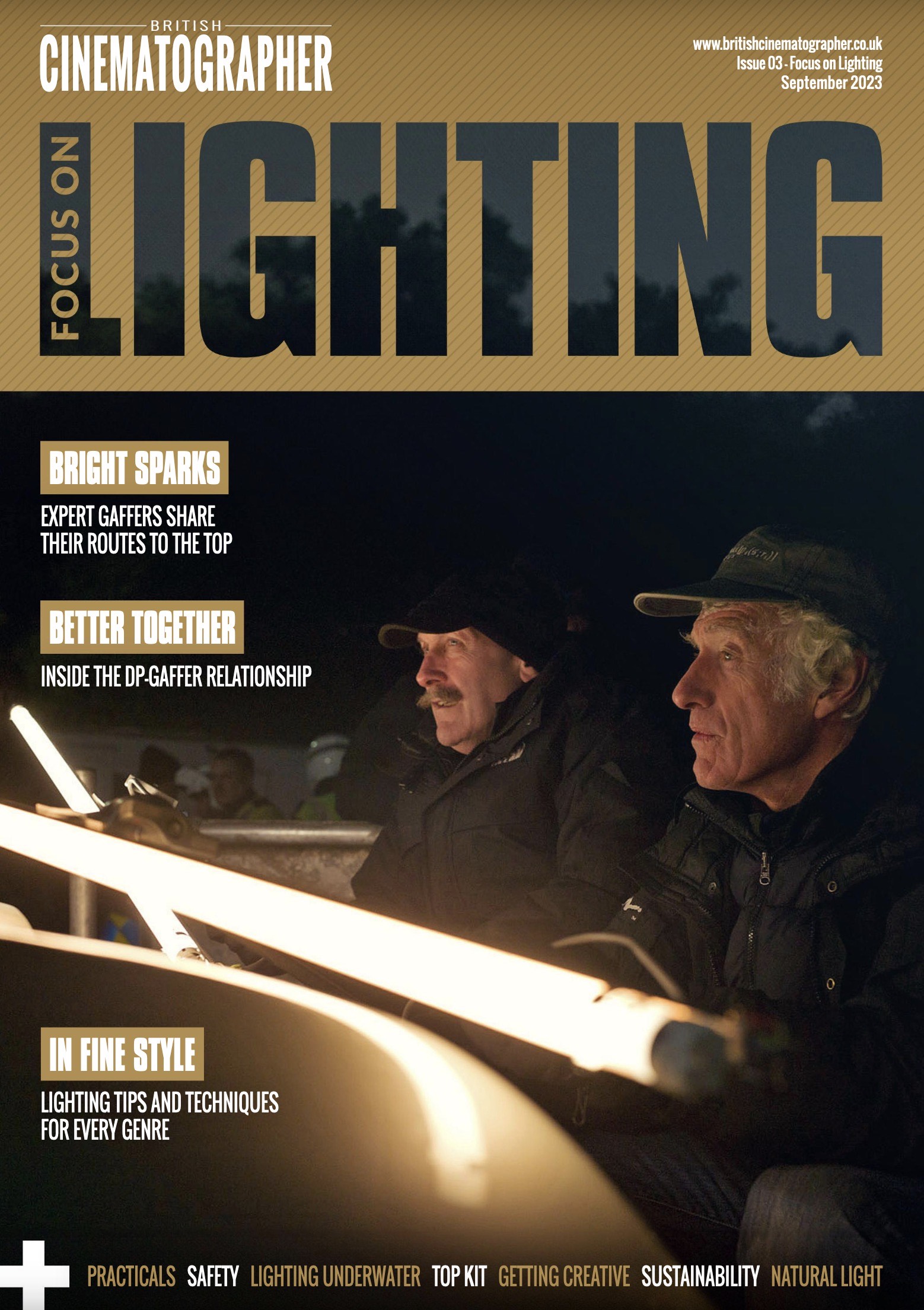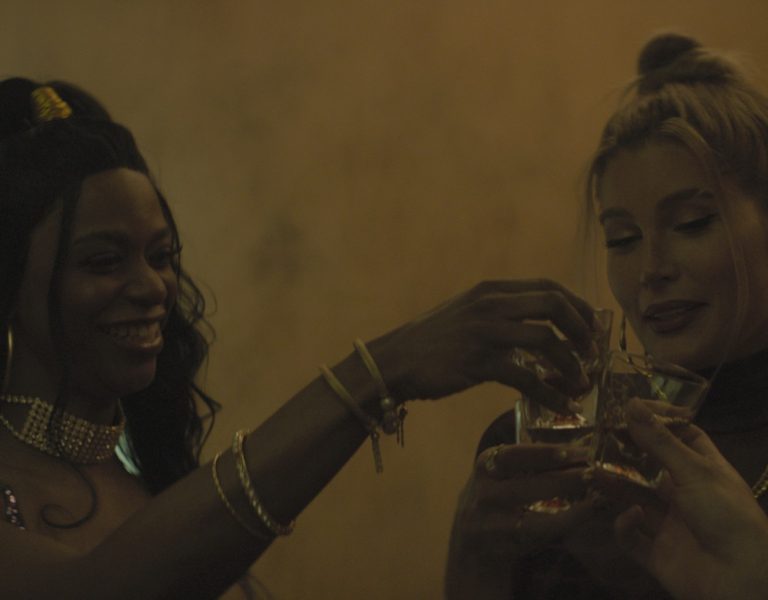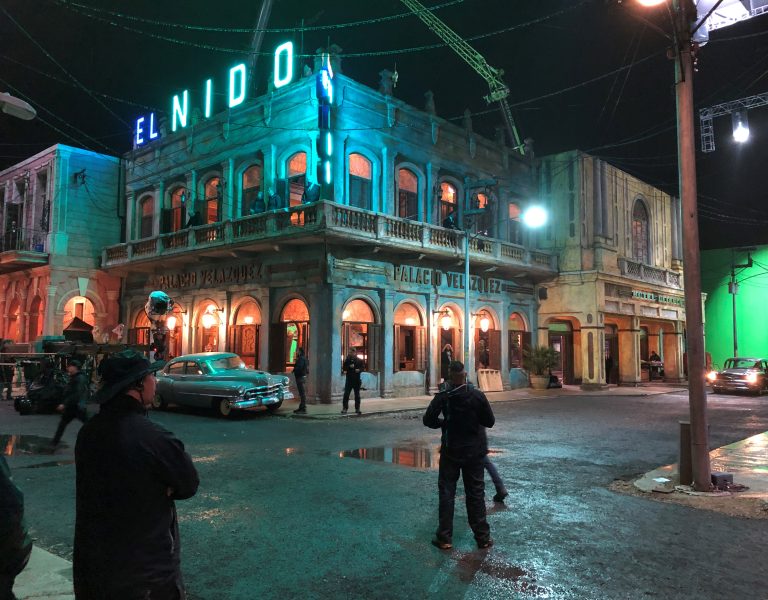Beautiful but fleeting, natural light often presents DPs and gaffers with their greatest challenges.
“Natural light is interesting because you can’t really control it,” states Roger Simonsz BSC. “You have to remain very flexible.”
Simonsz prefers not to use artificial lighting for day exteriors. “I’ve always tried to work with reflectors and diffusers… for the simple reason that if there is an atmospheric variation like a cloud comes in or you’re losing the light then at least everything moves together, because it’s all reflected off the main source.”
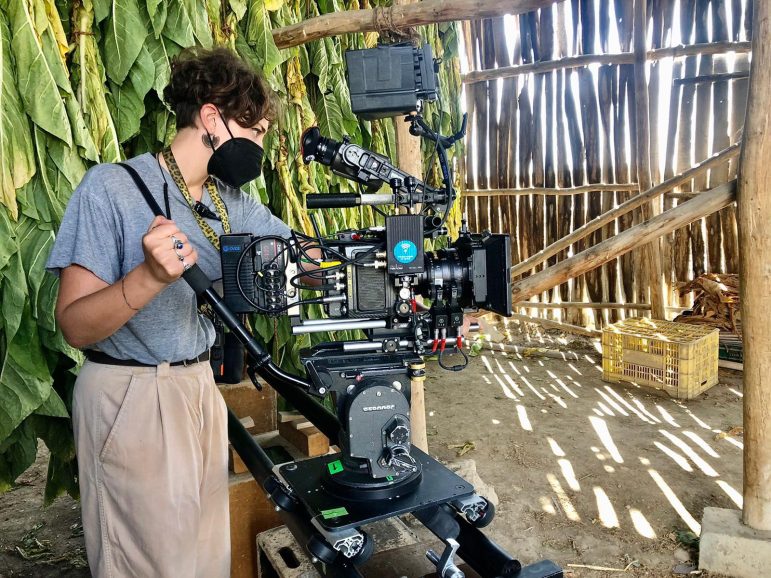
Gaffer Julian White offers, “What I would always have is a couple of telehandlers with 20×20’ either bounce or sunshade, so positive or negative, or both – one of each, so you can either bounce a big HMI into it when you need it, or you can shade the light when you need it as well.”
“One of the most extreme things I’ve done was on By the Sea, the Angelina Jolie movie,” says gaffer and founder of The Light Bridge, Jakob Ballinger. “Christian Berger [AAC] was obsessed by the blue of the sky… The whole rig was built in a way that I could take out the sun just in bits and pieces when we needed to, but we could keep the cool blue light from the sky.”
Ballinger highlights the importance of the Inverse Square Law. “The further the light is away, the more natural it’s going to look,” he says. “It’s also important for secondary light sources like bounces off the floor, off the ceiling, off the walls. If that original light source is so far away, everything harmoniously falls into place.” He points out that natural light often causes multiple shadows. “It’s everything reflecting off everything. [The shadows] all have different colours and different grades, and that’s what makes it look so beautiful.”
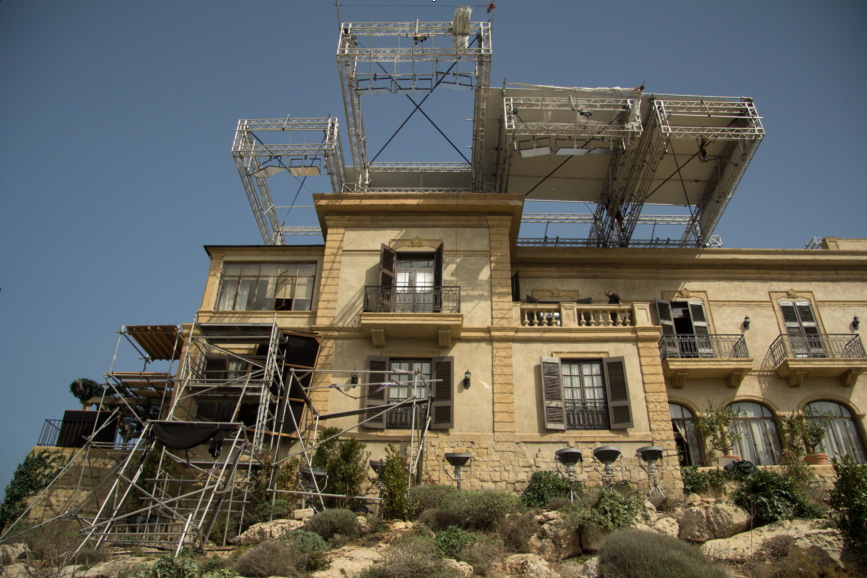
Day interior scenes require a careful balance of artificial and natural light. “As soon as you see a big window you think, ‘I need to put a big light through that,’” says White. “Well, you don’t necessarily need to do that. It depends on the room, the tone of the room, the colour of the walls, what we’re shooting, all that.”
“I’d rather use what’s in the space to shape the light,” remarks DP Alana Mejía González. This could be as simple as closing a curtain, or “maybe I just close a the door a little bit, so it just cuts down the bounce on the wall that I didn’t need… When I ground myself in something that’s particular to that space, I will always do a better job.”
“The most important person when you’re trying to do any of this is your 1st AD,” says Simonsz. “At 12:32 that sun’s going to come through that window and that’s when we’re going to catch that moment.”
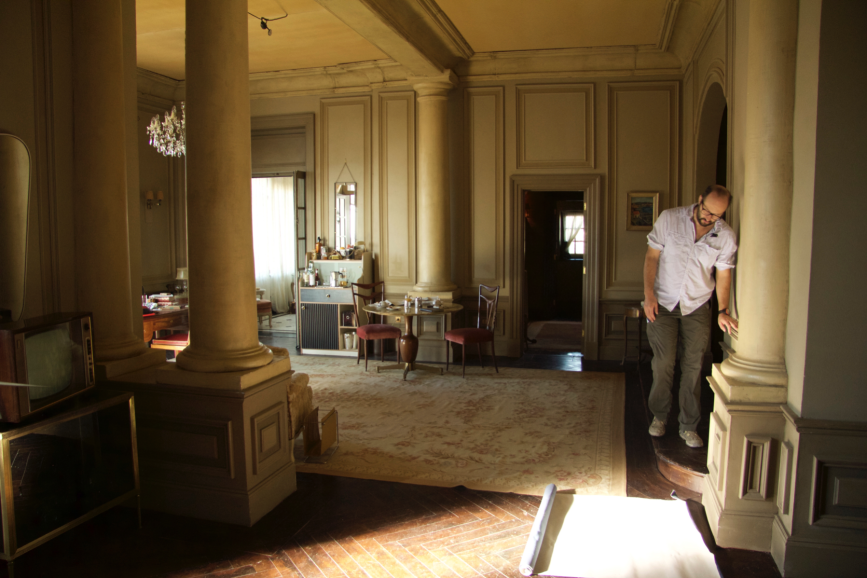
Gonzalez and her crew missed their window to shoot a golden hour close-up for Forastera, but the end result was even better than she’d imagined. “I was like, okay, one more shot and then I will have no light to shoot this! We struggled a lot in the grade, but it did become more interesting having to shoot the scene at blue hour, because [the actor’s] face was distorted in a way because of the lack of light.”
“I think the most beautiful light is light that has a character,” Simonsz muses. “I always take pictures of light that’s reflected, because you can use that. Sometimes even in the city you see somebody’s lit up and you realise it’s the reflection of a window on the fifth floor that just happens to catch that person – and you think, ‘Oh, I can use that one day.’”
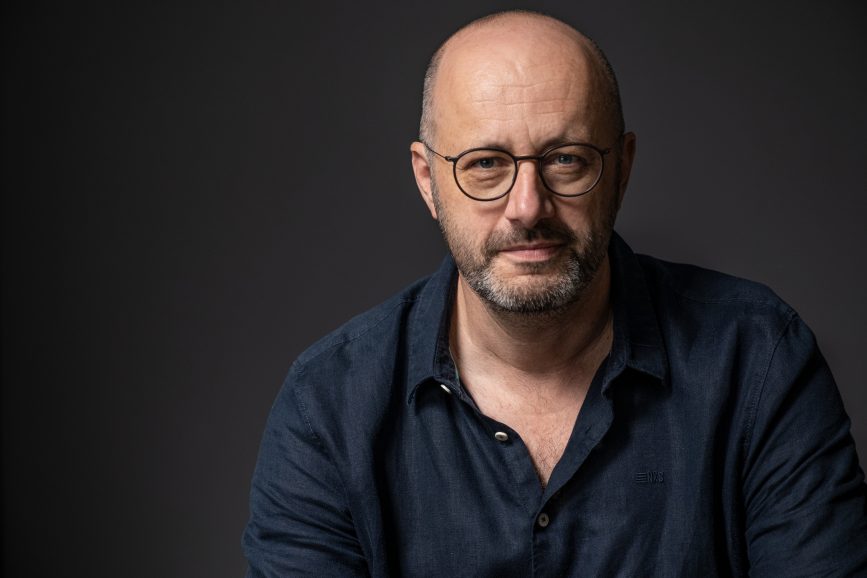
–
Words: Neil Oseman












